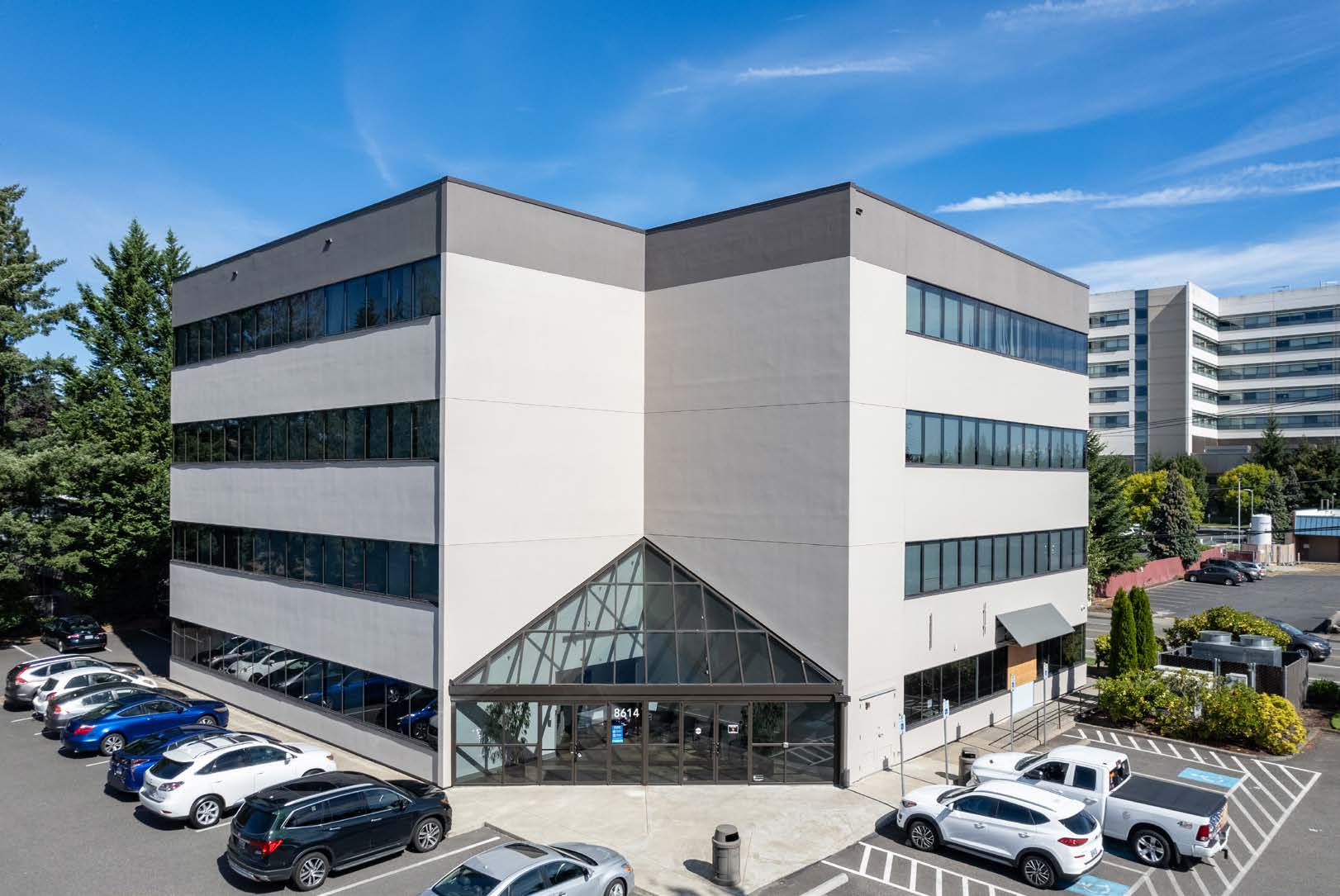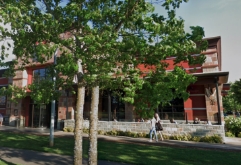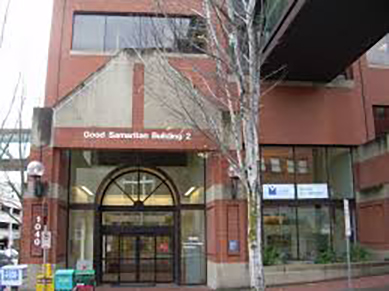Post Operative Instructions: Peritoneal Dialysis Catheter Placements
What To Expect After Surgery
Bloating: After laparoscopy it is very common to feel bloated from the gas used to inflate the abdomen. This should dissipate after 72 hours, but can last up to 1 week or more. The best treatment for this is to have daily bowel movements. Foods high in fiber such as prunes can help. Continuing with over the counter laxatives such as miralax, or senokot can help if constipation lasts for more than two days.
Pain: You will be prescribed a mild narcotic pain medication. Typically the pain after surgery is highest for the first 48 hours so take the pain medication liberally. After 48 hours, if possible, transition to non-narcotics such as Tylenol if not contraindicated by your Nephrologist.
Restrictions: Please do not lift anything heavier than 10 pounds for 4 weeks after surgery to allow the incisions to heal completely. If a hernia repair was done at the time of surgery, no lifting more than 10 pounds for 6 weeks. You may drive once off all narcotic pain medications. You may not work for 2 weeks after surgery.
Catheter Care
- Leave dressing in place for 7 days until changed by home dialysis nurse. If the dressing becomes dislodged or dirty before the dressing change, wash your hands with soap and water. Gently remove the dressing and apply a triple antibiotic ointment such as Neosporin to your catheter exit site. Replace the dressing with clean gauze and tape the catheter into place. If there are any issues please contact the home dialysis nurse.
- Please keep the catheter exit site dry. Avoid showers for the first 2 weeks. If water comes in contact with the dressing, remove it and pat it dry with a clean gauze. Replace the dressing with the instructions listed above.
- After two weeks showers are okay. You may swim in chlorinated pools only and take baths one month after it is placed. Do not use a hot tub or swim in lakes or ponds as that may risk infection.
- The catheter will require flushing 7 days after surgery, please contact the dialysis center to have that arranged.
- Two weeks after surgery you may use your new peritoneal dialysis catheter fully. If a hernia repair is performed at the same time, wait a total of 4 weeks before using it.
Problems You May Encounter
- Catheter does not flush– Ensure that constipation is not the issue, you should have bowel movements daily. If the bowel is enlarged due to stool, this can prevent the catheter from working properly. If you are unable to flush the catheter, try placing 30 cc dialysate solution using a 30 cc syringe directly into the catheter to attempt to remove any debris or clot. If this fails you may require surgery to remove any debris, clot, or material within the catheter.
- Catheter does not empty properly – Ensure that constipation is not the issue, daily bowel movements are required. Occasionally adjusting positions such as standing up, lying down with head down and feet up or on the side can help the catheter empty properly. If this fails to work, try flushing and drawing back 30 cc of dialysate to remove any material that may be stuck in the catheter. If this fails, you may require surgery to remove and debris or clot within the catheter.
- Leakage from incisions or around the catheter – This can occur from using the catheter too early or too large a volume. Therefore, it is advisable to hold off or decrease the amount of dialysate for several more weeks.
- Hernias – If you notice a bulge at one of the laparoscopic incisions that can be the first sign of a hernia.
- Infection – Redness, fever, and pain at the catheter site can be an indicator of infection. Antibiotics will be prescribed to treat any infection. If the infection continues, this may ultimately require removal of the catheter.
- Cuff migration – Rarely does one of the cotton cuffs attached to the catheter migrate out the skin site. If this occurs, the catheter must be replaced.
Wound Care
The band-aids may be removed after 48 hours from surgery, at which time it is safe to shower. The underlying steri-strips or derma bond are to remain on for 7 days total. After 7 days, it is easiest to remove them in the shower by peeling them off at the edges. The suture below is absorbable and therefore there is nothing else to remove. No baths, swimming pools, or saunas for at least 1 month after surgery.
Problems
Please contact us immediately if you experience any of the following: worsening nausea/vomiting increased pain, fevers (temp >100.4), redness or drainage from your incisions. If you think there is something wrong, please do not hesitate to call.
Appointment
We will need to see you approximately 2 weeks after the day of your surgery unless otherwise specified. Please call to make an appointment when you are released from the hospital and inform the receptionist that you need to make a post-operative appointment. Please do not hesitate to call with any questions or concerns. 503-914-0024.


